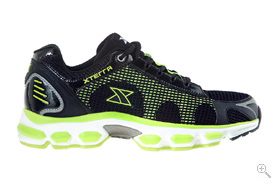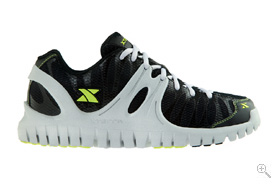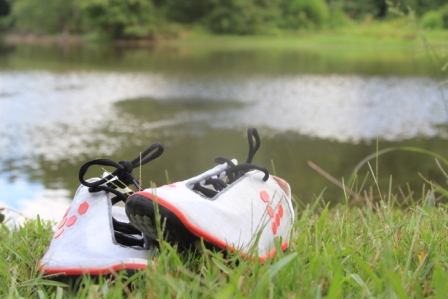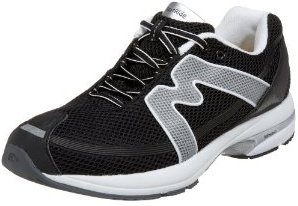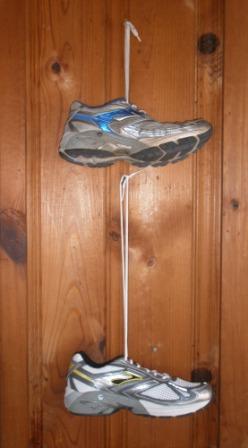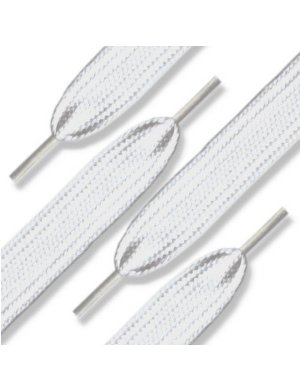Free Running or Urban Trail Running?
Wednesday, December 15th, 2010You may have seen the new flip camera commercial that features kids participating in free running, above is an example of parkour or free running. Free runners use city and rural landscape to perform movements through structures. Free running is a translation of parkour to the English language with a bit of a twist. In free running, participants use efficient movements from parkour but add aesthetic vaults and other acrobatics. Free running embodies complete freedom of movement, allowing runners to “find their own way.” The goal is to use the environment to develop yourself and to always keep moving forward and not backward. However, free running is not simply moving from “point A to B” but rather testing oneself physically and mentally. The founder and creator of free running, Sebastien Foucan, defines free running as a discipline to self development, following your own way, which he developed because he felt that parkour lacked enough creativity and self-expression as a definition of each free-runner who must follow your own way. However, even with the differences in philosophy, free running and parkour are very similar. Not one of the founders and developers of the discipline, apart from Foucan, see two different sports in parkour and free running.
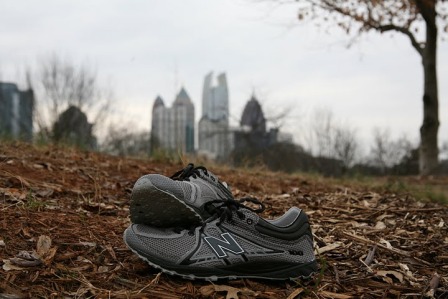 Whichever discipline you want to name it, the philosophies of parkour and free running are very similar to trail running. They test oneself physically and mentally; emphasizing efficiency while allowing freedom of movement. However, they are even more similar to a sport I conceptualized in August of 2009, Urban Trail Running. Urban Trail Running allows runners to get the exercise benefits and excitement of trail running without having to travel far from the cities they live in. Running in the city can lead to many types of injuries because of the continuity of flat roads and rigidity of surfaces. Urban Trail Running is about varying the terrain and movements while running in an urban environment. Animals tend to take the path of least resistance, but we’re not animals, so why not take the path with resistance? Your body will thank you.
Whichever discipline you want to name it, the philosophies of parkour and free running are very similar to trail running. They test oneself physically and mentally; emphasizing efficiency while allowing freedom of movement. However, they are even more similar to a sport I conceptualized in August of 2009, Urban Trail Running. Urban Trail Running allows runners to get the exercise benefits and excitement of trail running without having to travel far from the cities they live in. Running in the city can lead to many types of injuries because of the continuity of flat roads and rigidity of surfaces. Urban Trail Running is about varying the terrain and movements while running in an urban environment. Animals tend to take the path of least resistance, but we’re not animals, so why not take the path with resistance? Your body will thank you.
So how do you go Urban Trail Running? First focus on finding differing surfaces, this can be the most difficult task because urban cities are often dominated by flat roads. Try to find parks and other grassy areas, small running trails, or windy/old roads. Grassy areas allow you to work on traction and give your running motion variation. Small running trails often have many curves which is great for working on your balance. Windy and old roads are great because the potholes and loose surface mirrors the variation in steps when trail running. Overall, any uneven surface that will force you to focus on lateral movements and your balancing muscles is where you want to run. Also, much like parkour and free running, run through obstacles in your run which mirror obstacles you may encounter on a trail run. Jump over benches like they are tree logs across the trail. Use light posts on corners to whip yourself into a quick, tight 90 degree turn. When you encounter water, don’t take the bridge, run through it. Any urban obstacle can become a trail obstacle, run through it.
Overall, the point of Urban Trail Running is to create your own path, don’t run where the sidewalk leads you, blaze your own urban trail and get the benefits of trail running right outside your front door. Go Urban Trail Running!


